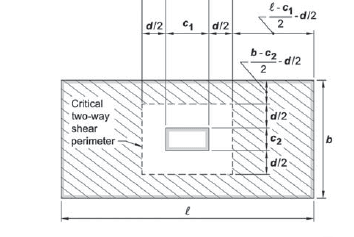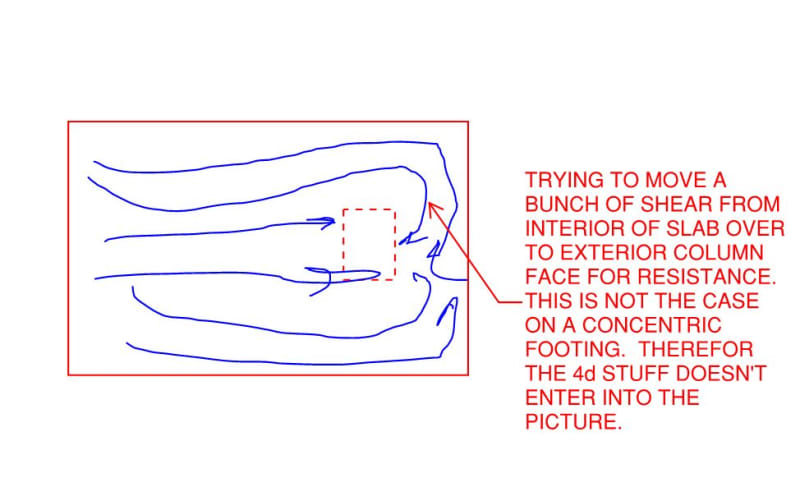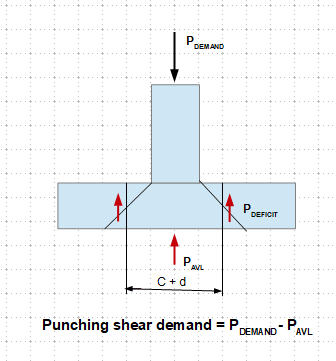structural87
Structural
hi all,
In the punching shear calculations for a suspended slab, a column near a discontinuous edge is considered interior if the distance from the face of column to the edge exceeds 4 x slab thickness.
Is the same applied for column resting on a foundation ? Should the foundation be equal to 8 times its thickness in order to consider the resting column as an interior ?
Thank you for the help
In the punching shear calculations for a suspended slab, a column near a discontinuous edge is considered interior if the distance from the face of column to the edge exceeds 4 x slab thickness.
Is the same applied for column resting on a foundation ? Should the foundation be equal to 8 times its thickness in order to consider the resting column as an interior ?
Thank you for the help



